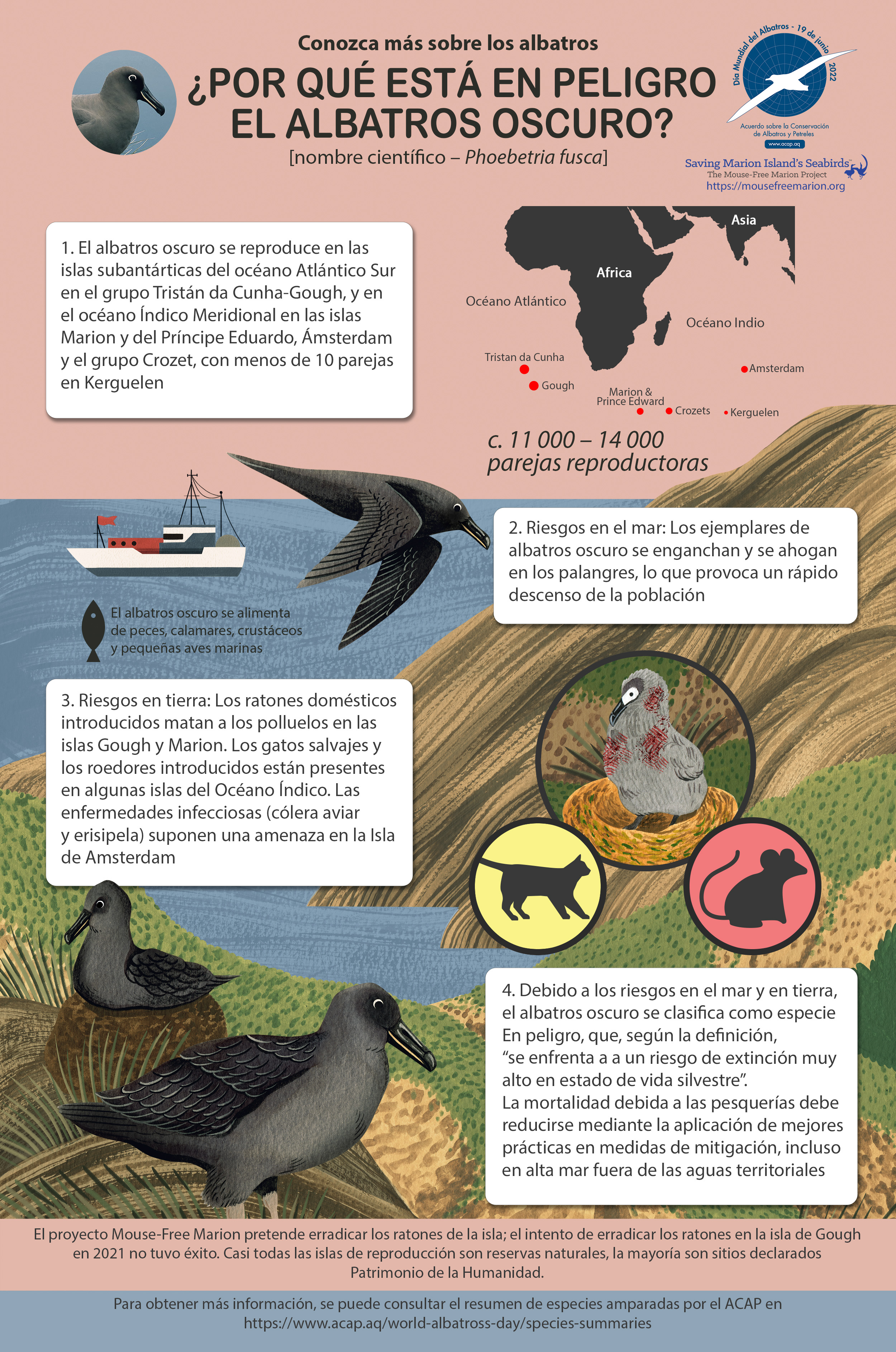
French and Spanish versions of the ACAP Species Infographic for the Endangered Sooty Albatross Phoebetria fusca in support of last year's World Albatross Day and its theme of Climate Change are now available, along with earlier released English version. English and Portuguese language versions of infographics are available to download here, whilst French and Spanish versions can be found in their respective language menus for the website under, Infographies sur les espèces and Infographía sobres las especies.
The infographic in the three official ACAP languages has been co-published with South Africa's Mouse-Free Marion Project, which aims to eradicate the island’s introduced House Mice Mus musculus. The mice have taken to attacking and killing the seabirds, including its breeding Sooty Albatrosses – as is illustrated in the infographic.
Versions in the three ACAP official languages of English, French and Spanish are now available for all nine ACAP albatross infographics produced to date. Available in two poster sizes (approximately A2 and A3) and in a web version, the infographic may be freely downloaded and used non-commercially and with acknowledgement in the support of albatross conservation.
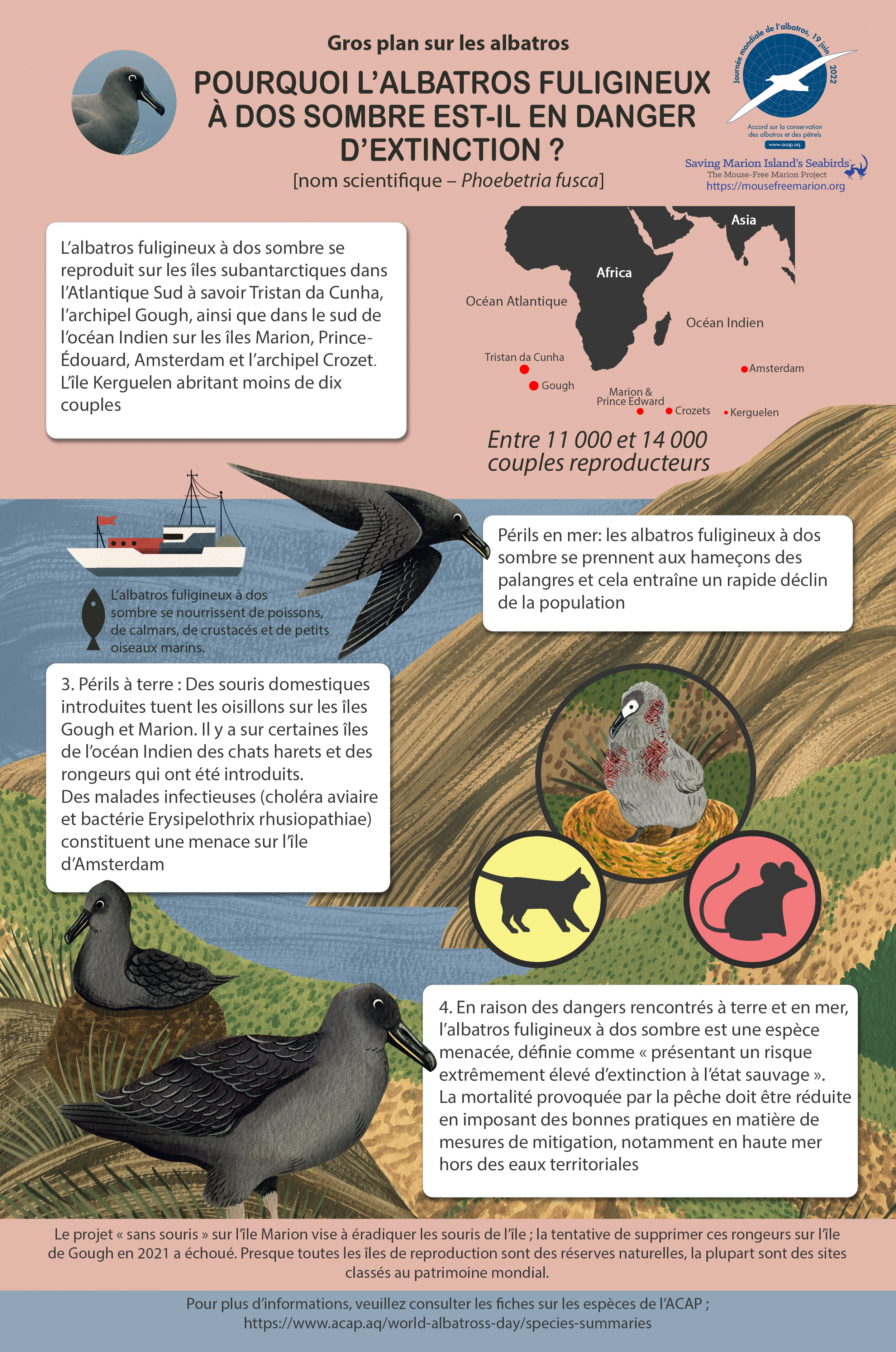
The Sooty Albatross Infographic follows on from the eight previously produced for the Endangered Antipodean Diomedea antipodensis, Near Threatened Black-footed Phoebastria nigripes, Endangered Grey-headed Thalassarche chrysostoma, Near Threatened Laysan P. immutabilis, Near Threatened Shy T. cauta, Critically Endangered Tristan D. dabbenena, Vulnerable Wandering D. exulans and the Critically Endangered Waved Phoebastria irrorata Albatrosses.
All the infographics have been created by Thai illustrator Namasri ‘Namo’ Niumim who has also produced a poster illustrating the albatrosses depicted on the infographics (click here).
Sponsorships for a further six infographics have been obtained, including for three ACAP-listed petrels. It is intended that some at least of these will be prepared in time for the fourth World Albatross Day and its theme of "Plastic Pollution" on 19 June next year.
John Cooper, ACAP News Correspondent, 24 November 2022

 English
English  Français
Français  Español
Español 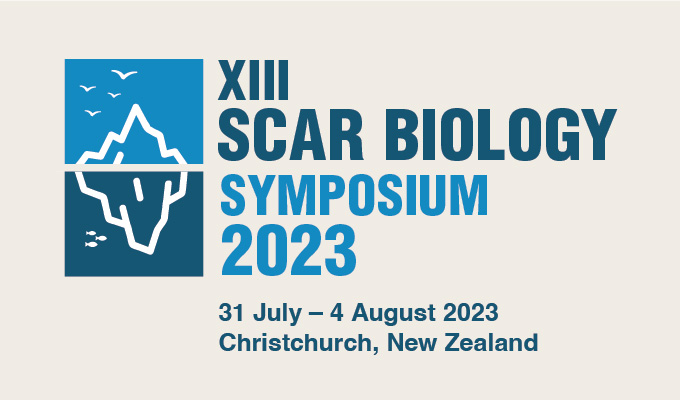
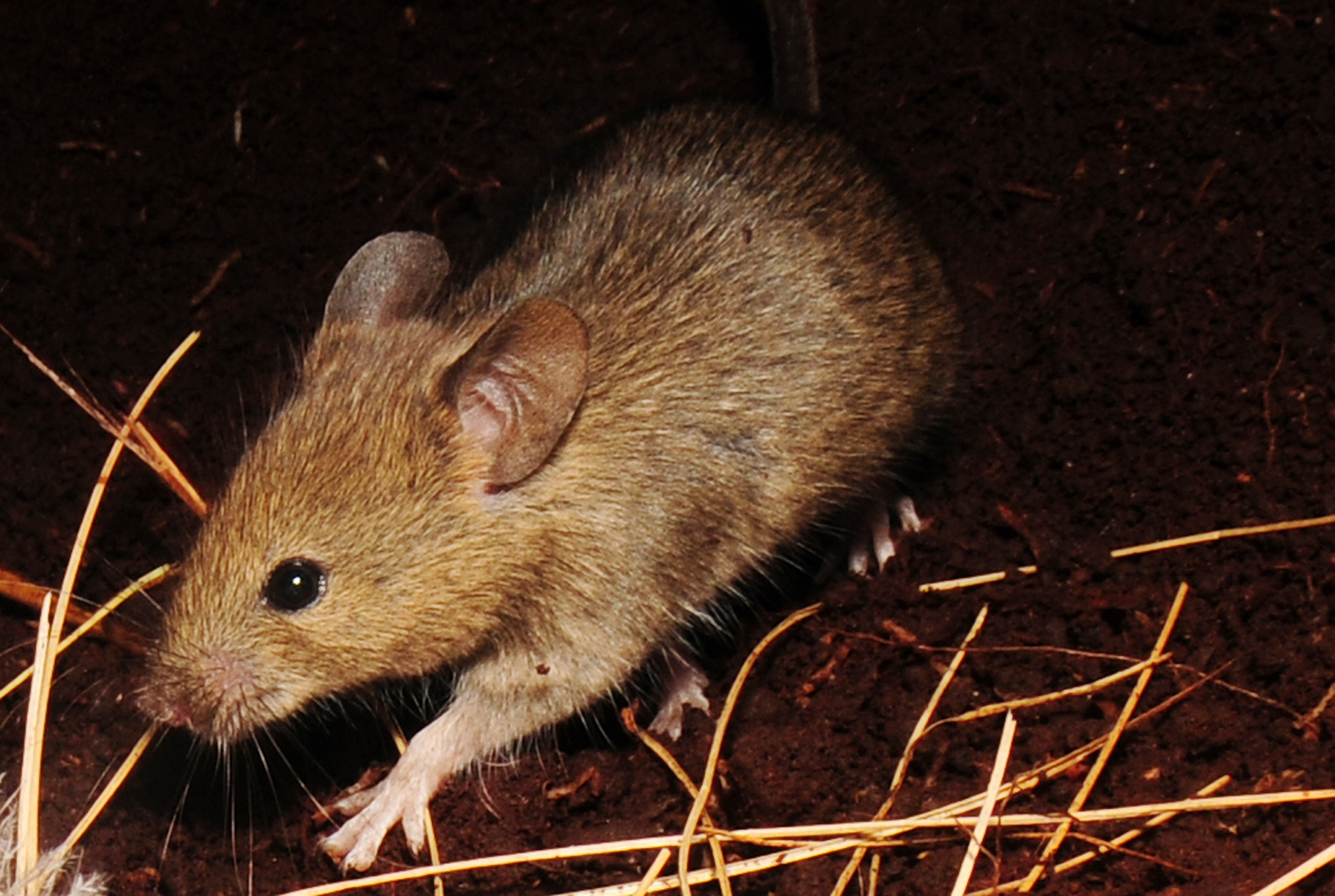 A House Mouse on Marion Island, photograph by Ben Dilley
A House Mouse on Marion Island, photograph by Ben Dilley An image of a typhoon with the eye clearly visible in the centre. Some adult Streaked Shearwaters fitted with GPS trackers have been shown to fly into the eye of a storm rather than skirt its perimeter
An image of a typhoon with the eye clearly visible in the centre. Some adult Streaked Shearwaters fitted with GPS trackers have been shown to fly into the eye of a storm rather than skirt its perimeter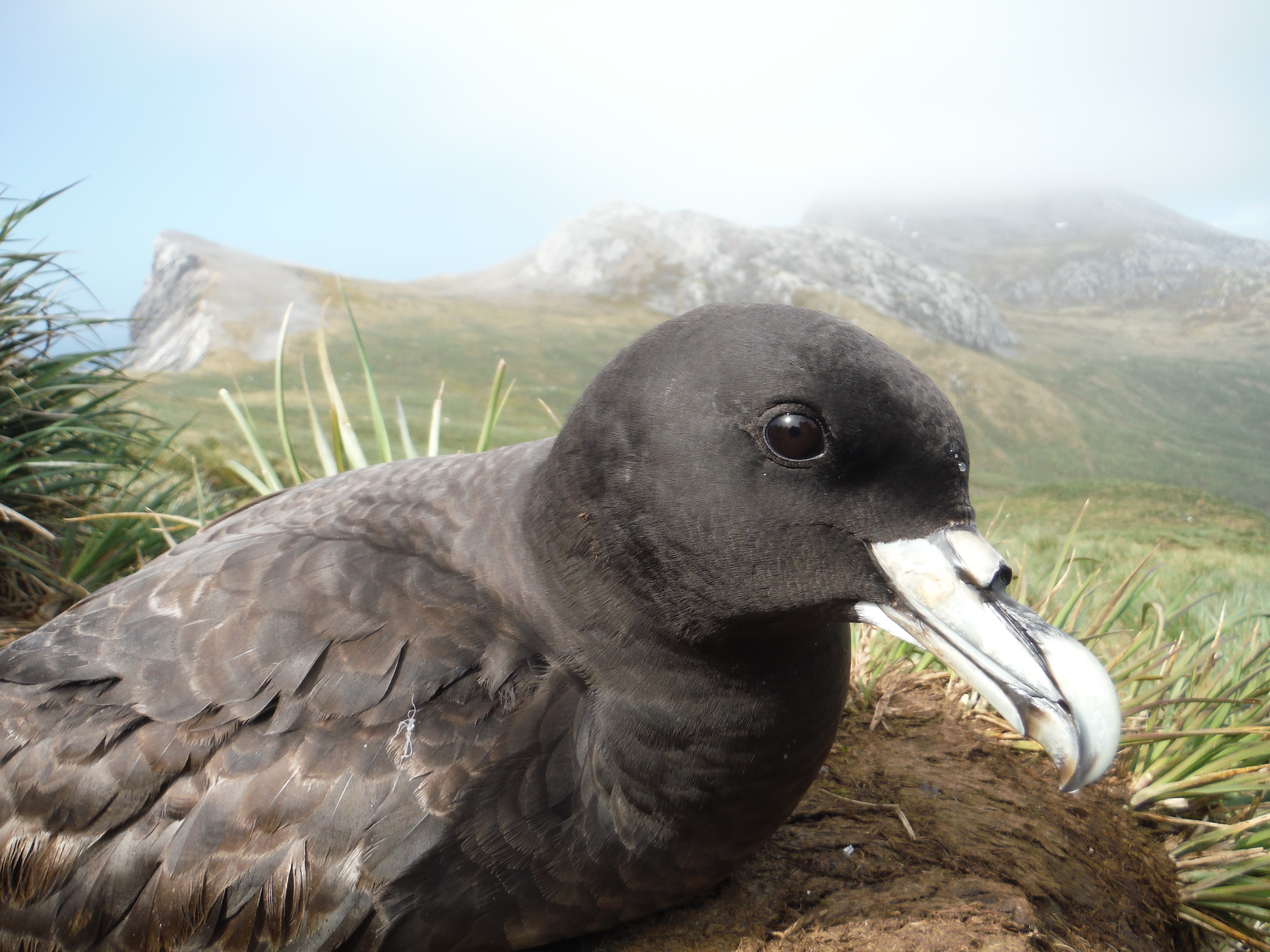 A White-chinned Petrel; photograph by Richard Phillips from the Bristish Antarctic Survey (BAS)
A White-chinned Petrel; photograph by Richard Phillips from the Bristish Antarctic Survey (BAS)